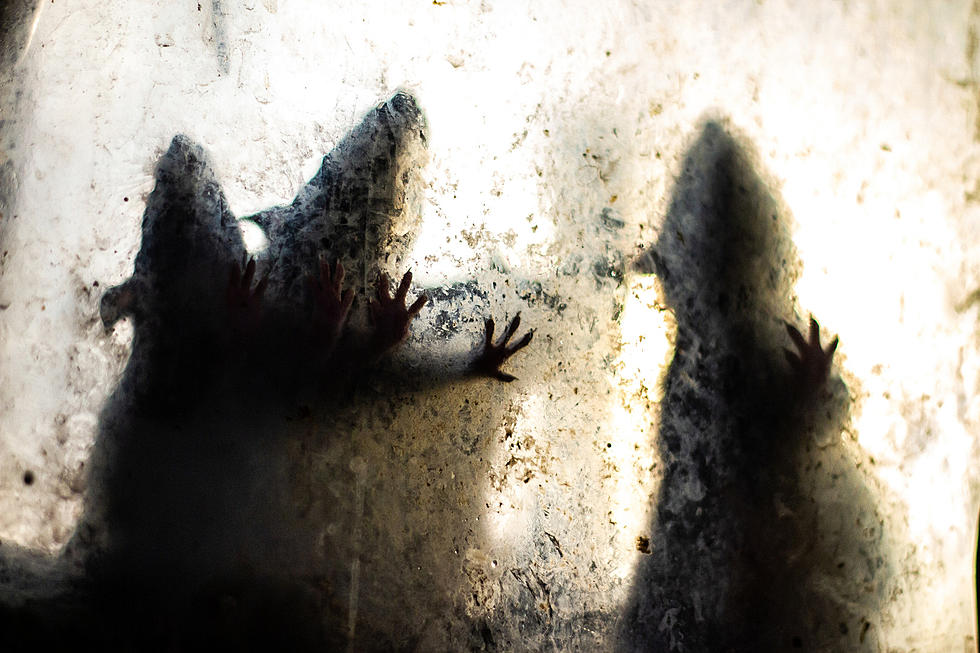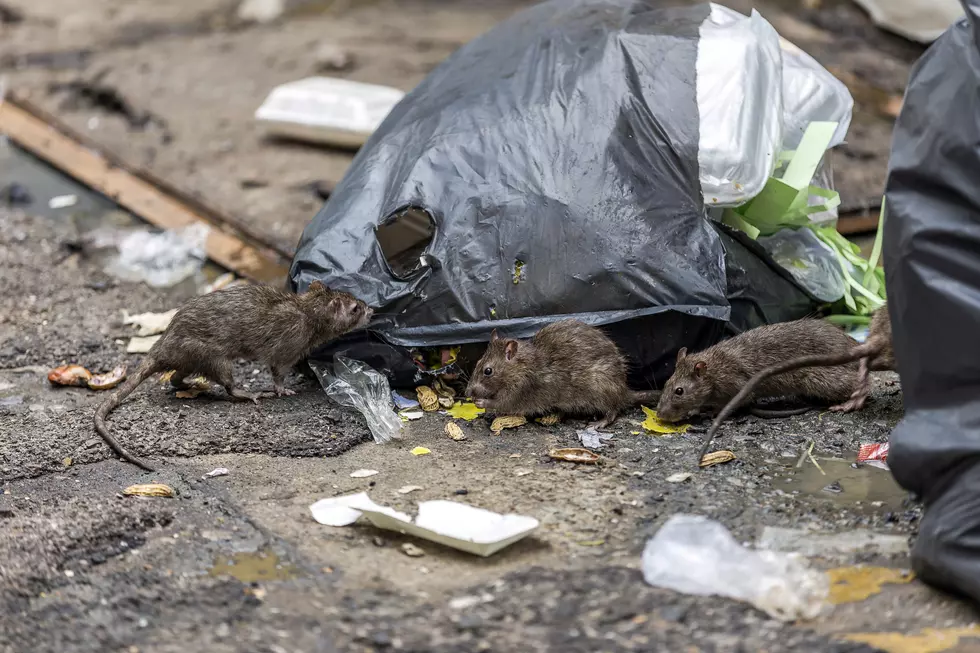
Chicago, Rat Capitol of the United States
It's not really the kind of accolade a major metropolitan area looks to receive. Nonetheless, Orkin pest control says, based on the number of rat eradication calls they receive from select cities nationwide, Chicago is the king of rat-infested cities in America.
According to Orkin:
Fall is a prime time for commensal rodents to actively seek food, water and shelter when temperatures drop and before the winter weather arrives. Each fall, rats and mice invade an estimated 21 million American homes. It only takes a hole the size of a quarter for a rat to squeeze inside, and a hole the size of a dime for mice. Rodents are also known to chew around holes to make them larger, after which they can slip into homes. It is not uncommon for homeowners and businesses to begin spotting rodents beginning in October.
Okay, first thing on the to-do list is going to be "check for quarter and dime size holes around the house." I'd like it better if they had little doors like Jerry the Mouse did in Tom & Jerry cartoons, because then I could just tack a little eviction notice on the door.
Another note about rats from Orkin:
...besides being gross and annoying, too many rats in an area can also be a health issue. They can carry and spread respiratory and neurological diseases and are the hosts for several types of insects that can carry and spread even more diseases. Plus, they can trigger allergic reactions. Pregnant women and children are at particular risk.
So, they're gross and ugly to look at, but at least they carry disease, is that what you're telling me? Yes. As a matter of fact, that's what they're saying.
And, here's the kicker: Chicago's rats are Norway rats, but the Norway rat is from...wait for it...Asia. According to the City of Chicago website:
The rat has an average life span of six to twelve months. Beginning at the age of two to three months, a female rat can produce four to seven litters per year with each litter containing eight to twelve pups. Females can become impregnated within 48 hours after giving birth. The number, size and survivability of litters produced depends upon the amount of food and shelter available.
They prefer fresh food, but will eat many things such as pet food, dog feces, garbage and plants. If food is scarce, the strongest rats may even eat the weakest and young.
Norway rats prefer to live in burrows in the ground. They are excellent climbers and swimmers and most active at night. They have very hard teeth and can chew through wood and plaster or any other material that is softer than their teeth. They can crawl through holes the size of a quarter, tread water for three days and land unharmed after a five-story fall.
Norway rats live in colonies that have very well defined territories. The strongest colonies get the best places to live.
Wow. That sounds awful. Well, at least Chicago's only concern is rats, right? Wrong.
From Crain's Chicago Business:
Chicago has been on Orkin's pest radar before, snatching the top spot for most bedbug infestations two years in a row. The company compiled a list of cities with the most pest treatments (including ants, bedbugs, rodents and spiders) in 2012, and Chicago crawled to the top of that list as well.
Chicago placed No. 4 in a survey conducted by cable channel Animal Planet of worst rat cities in the world.
And for a look at how productive rats are, check this out:
More From WROK 1440 AM / 96.1 FM









